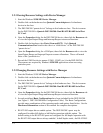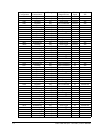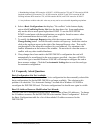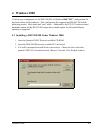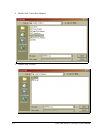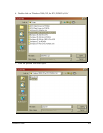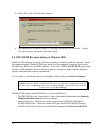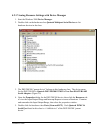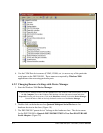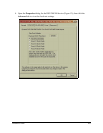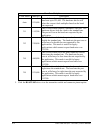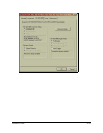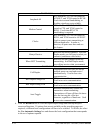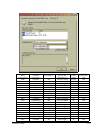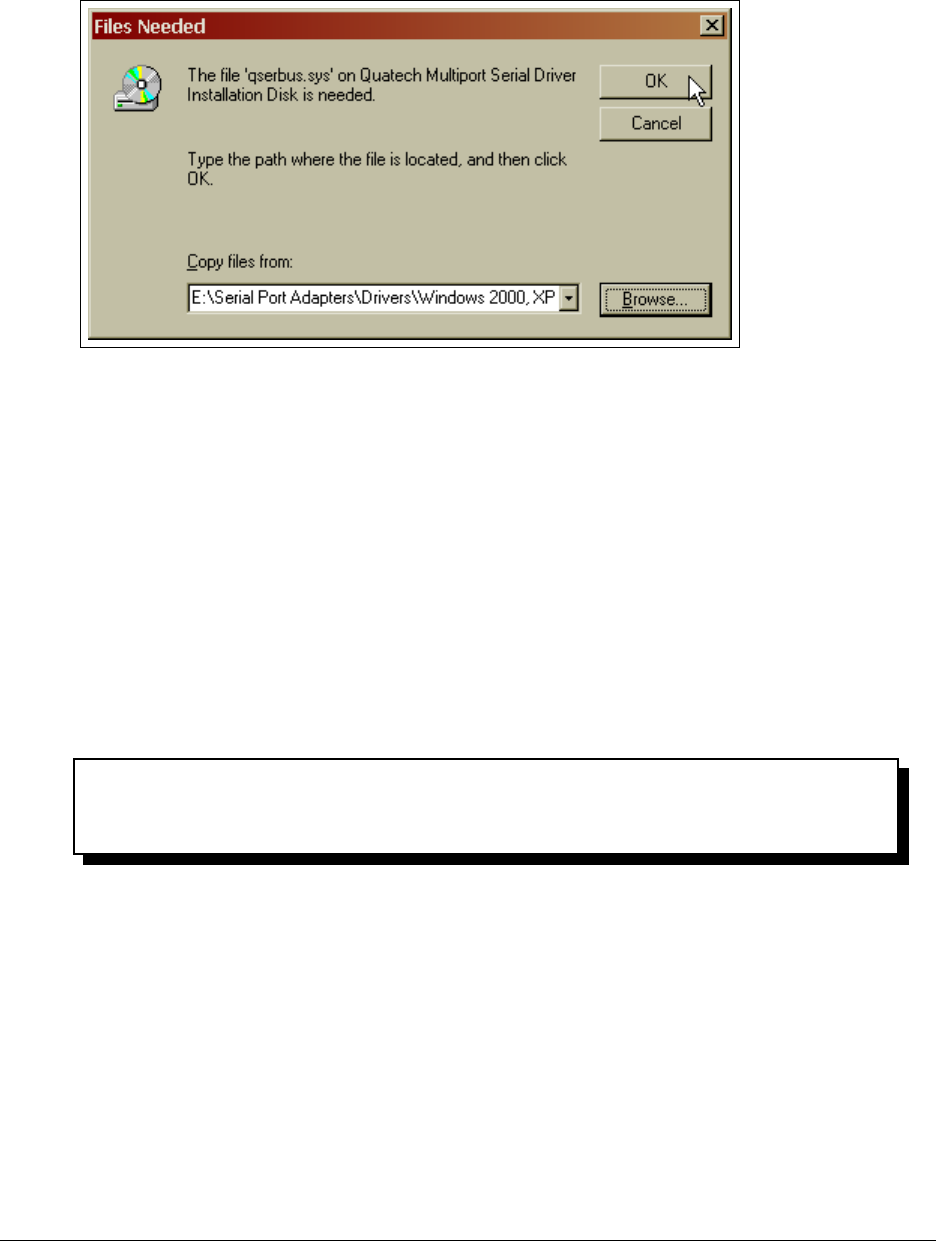
8. Select ‘OK’ at the ‘Files Needed’ window
9. The same process as above in steps 1-9 will apply for the next file ‘qserpt.inf’. In step
7 be sure to choose ‘qserpt.inf’ and select ‘Open’.
4.2 DSP-200/300 Resource Settings in Windows 2000
Windows 2000 maintains a registry of all known hardware installed within the computer. Inside
this hardware registry Windows 2000 keeps track of all the computer's resources, such as base
I/O addresses, IRQ levels, and DMA channels. In the case of a PC Card (PCMCIA) type board,
Windows 2000 configures the new hardware using free resources it finds within the hardware
registry, and updates the registry automatically.
To view and / or edit hardware devices in Windows 2000 use the system Device Manager.
To access Device Manager double click the System icon in the Windows 2000 control panel, or click the My
Computer icon on the Windows 2000 desktop with the right mouse button and select Properties from the pull
down menu. Click on the Hardware tab then click on the Device Manager. Consult Windows 2000 on-line help
for details on the use of the Device Manager
Windows 2000 handles the DSP-200/300 as a "parent/child device".
v The DSP-200/300 is the "parent device" and is listed under the hardware class Quatech
Multiport Serial Devices in the device manager
v Each serial port is a "child device" of the "parent device" DSP-200/300 (Quatech
PCMCIA Serial Port). There are 2 child COM ports for the DSP-200/300 (Quatech
PCMCIA Serial Port) which are listed under the hardware class Ports (Com & LPT).
4-5 DSP-200/300
(Rev. I and later) User's Manual



